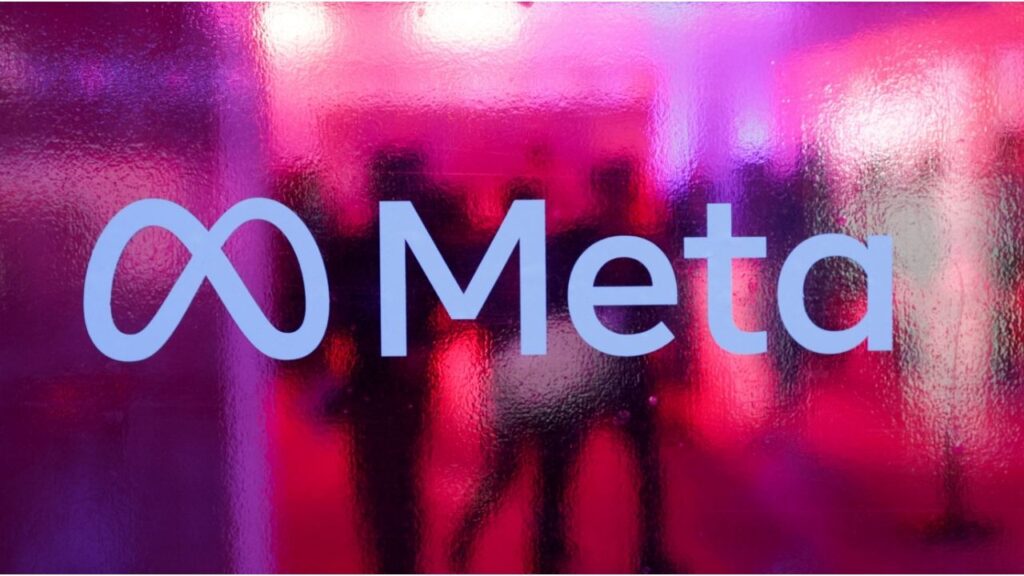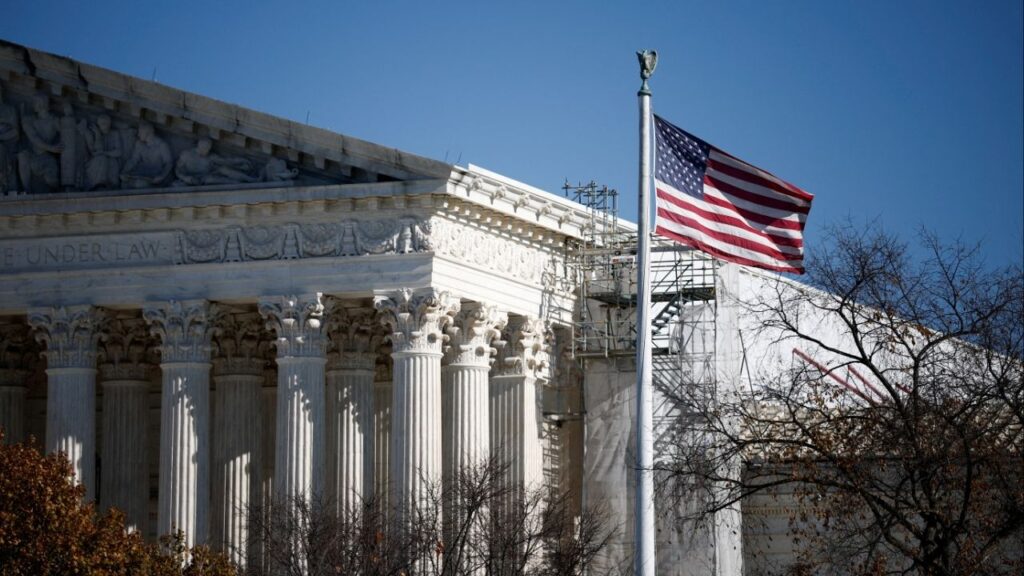Share
An estimated 8.8 million Americans are behind on their rent, according the Consumer Financial Protection Bureau. While relief efforts have staved off some of the housing crisis, rent is still going to come due.
The federal government has approved two rounds of rental assistance, worth more than $46 billion total, that is slowly making its way to renters.
Additionally, the federal eviction moratorium has been extended to the end of June. But avoiding eviction does not erase any rent owed. Estimates vary, but the Urban Institute said renters owe anywhere from $13.2 billion to $52.6 billion in back rent.
If you are struggling, here is what you should know about how to access this help:
What’s Available
Congress passed two different rental relief packages. The first, approved in December, provided $25 billion for rental relief. The second, approved in March, provides more than $21 billion.
In general the aid can help pay for back rent, next month’s rent and some utility bills. Renters can get a year or more’s help in getting caught up on back rent.
This is in addition to other programs out there on a local basis that may provide different forms of assistance. There has been some difficulty accessing certain programs but housing experts are hoping this latest round of federal relief specific to rental assistance will help more people.
Who Qualifies
There is some flexibility for states to adapt the program, but in general, the federal relief money is available to those who earn 80% or less of the area median income in their area and have experienced some sort of COVID-related hardship. Preference is given to those with 50% or less of median income for their area.
The application can be made by the household in need or the landlord on behalf of the household. Usually the money will be paid directly to landlords and utility service providers.
However, some landlords may not want to participate because it requires a certain amount of paperwork and some concessions, such as potentially agreeing not to raise the rent or evict the tenant for a period of time.
If a landlord does not wish to participate, funds may be paid directly to the eligible household.
Where to Go
Renters who need help should reach out to their local housing authority to find out if they qualify for federal relief as well as any local aid.
The federal rent relief money is sent to states, U.S. territories, local governments and tribes to administer through programs in their area. However, it took some time for the money to make its way to these organizations.
The National Low Income Housing Coalition President and CEO Diane Yentel said the money from the first round has been distributed and about 60% of communities have programs open, which increases daily. But the money for the second round will not go out until May.
“Help is on the way,” Yentel said.
The National Low Income Housing Coalition keeps track of all the rental assistance programs available on its website. Renters in need can start there to find a program in their area. They can also reach out to the United Way or its 211 program for assistance. People can also talk with a housing counselor with the U.S. Department of Housing and Urban Development.
The FTC, Treasury and Consumer Financial Protection Bureau all have information about rental assistance on their websites
Planing Ahead
There is some concern demand for help may outstrip supply. So renters should act quickly or check back often if a program is not immediately available in their area. If a renter does not qualify for the federal relief money, they may be able to get help through other programs available in their area.
“The number one thing renters can do is make a plan,” said Susan Ifill, the chief operating officer at nonprofit housing organization NeighborWorks America. “Accessing those resources is one thing, but make a plan.”
That could include talking to a housing counselor or working with your landlord to develop a plan to repay rent or finding new housing.
If someone is worried they may be evicted, remember that the national eviction moratorium is still in place until the end of June. Renters will have to complete the paperwork and give it to their landlord.
RELATED TOPICS:
Categories

MAHA Activists Urge Trump to Fire His EPA Administrator

Meta Strikes Multiple AI Deals With News Publishers

















